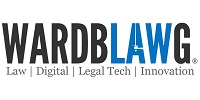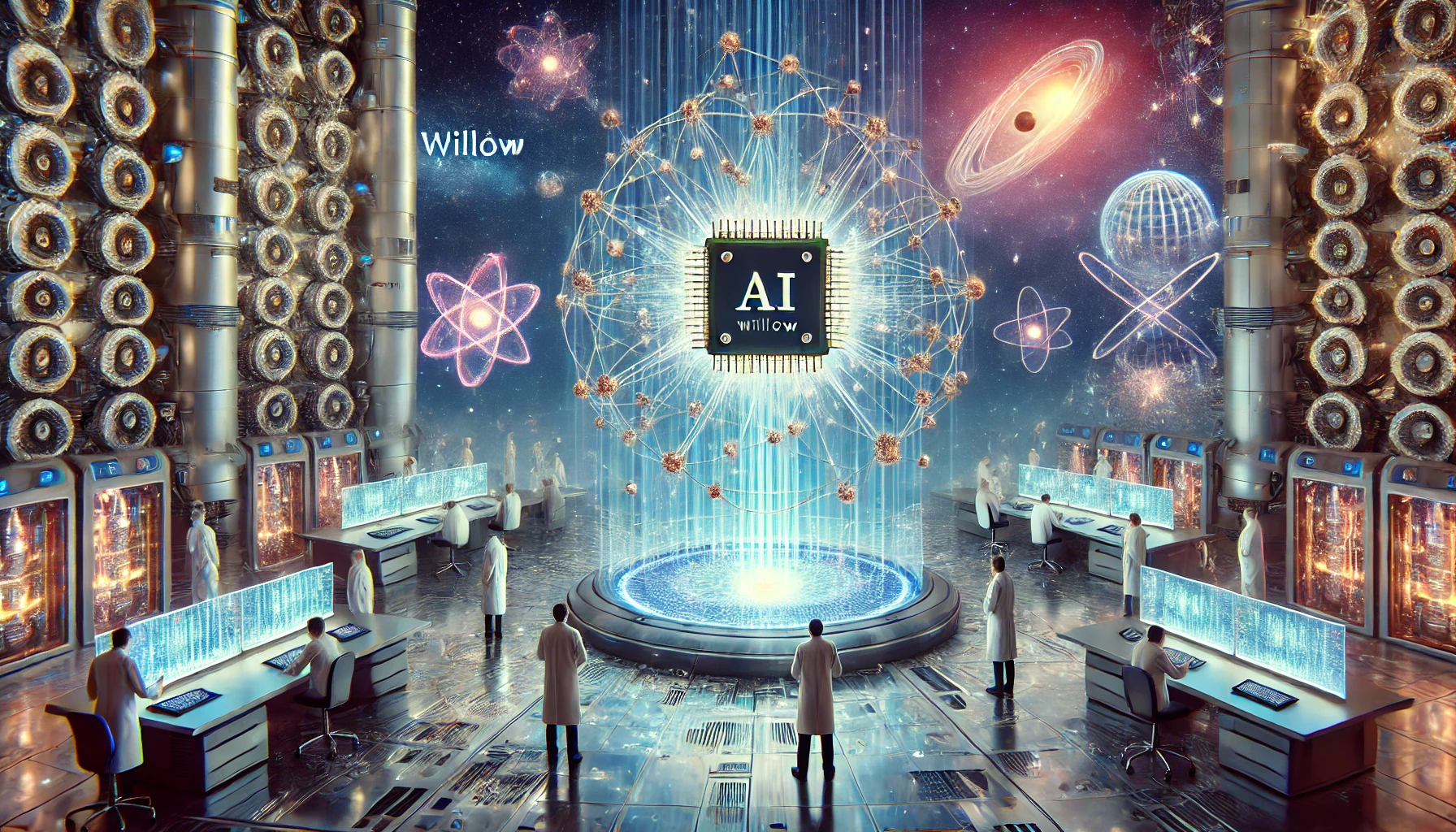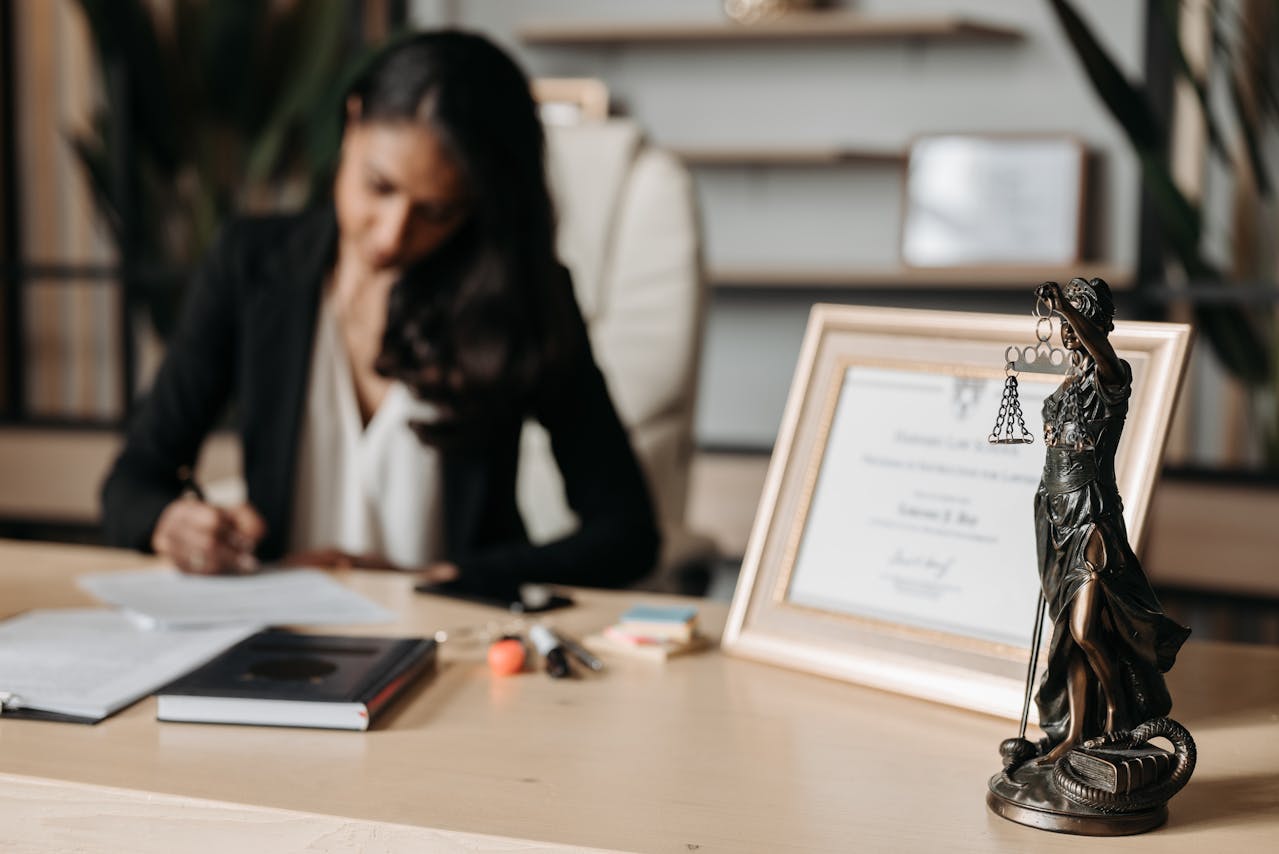Business Method Patents
WardblawG won’t write in any detail about the rather grey area of business method patents. Suffice to say that the UK and, even, EU are much less supportive of business method patenting than the US.
If you want to learn more, please Google “Bilski”. By writing that, the trade mark “Google” was just diluted further by its use as a verb. But that’s just yet another tangent, which shall be Hoovered up in due course.
For further expert reading on this subject, see a very recent article of Shaun Gibson, Scottish IP and technology law solicitor. Shaun Gibson’s article was published on 16 August 2010 in the Law Society of Scotland’s Journal and Journal Online.
Part 8 shall follow on 25 August 2010, entitled “How to Dominate the Internet: Book One: Protect Your BranD: Chapter 8 of 10: Look and Feel”. This is part of a dissertation at Glasgow University by a, then, undergraduate student called Gavin Ward which was graded with a lower first class. Here’s a teaser:
Look and Feel Protection
Introduction
An important aspect of copyright protection is whether or not it provides sufficient protection for the “look and feel” of software. “Look and feel” refers to the situation where the ideas, functionality and outward features of a program are reproduced without copying of the program code itself, thus potentially amounting to non-textual copying.
Levels of Abstraction
Two key pre-Navitaire cases, both IBCOS and Cantor Fitzgerald demonstrate that it is the literal expression of an idea which gains copyright protection, not the idea itself . The potential for acquiring such copyright protection decreases as the “level of abstraction” increases, the rationale being that it becomes more difficult to identify the “skill, labour or judgment” of the programmer . Hence, since the level of abstraction in algorithms is low they are more likely to be protected, while protection is less likely for design features or program structures because of their higher levels of abstraction.



